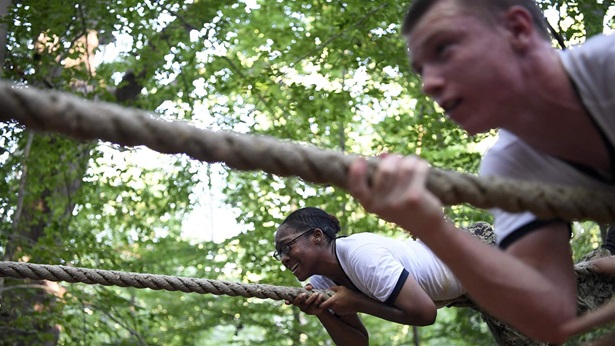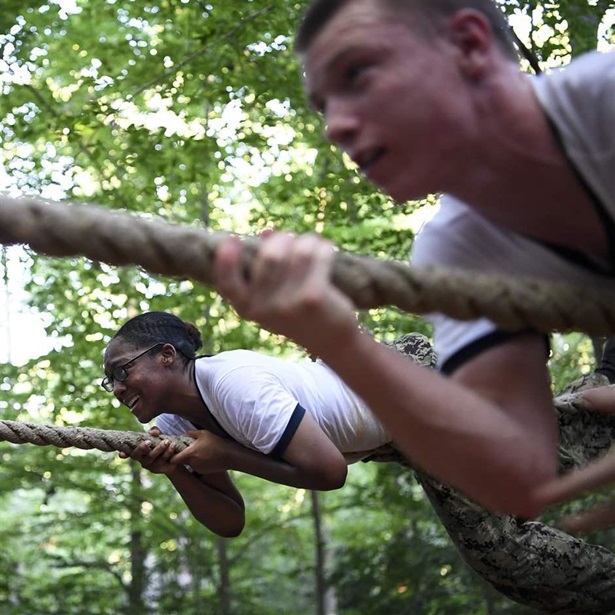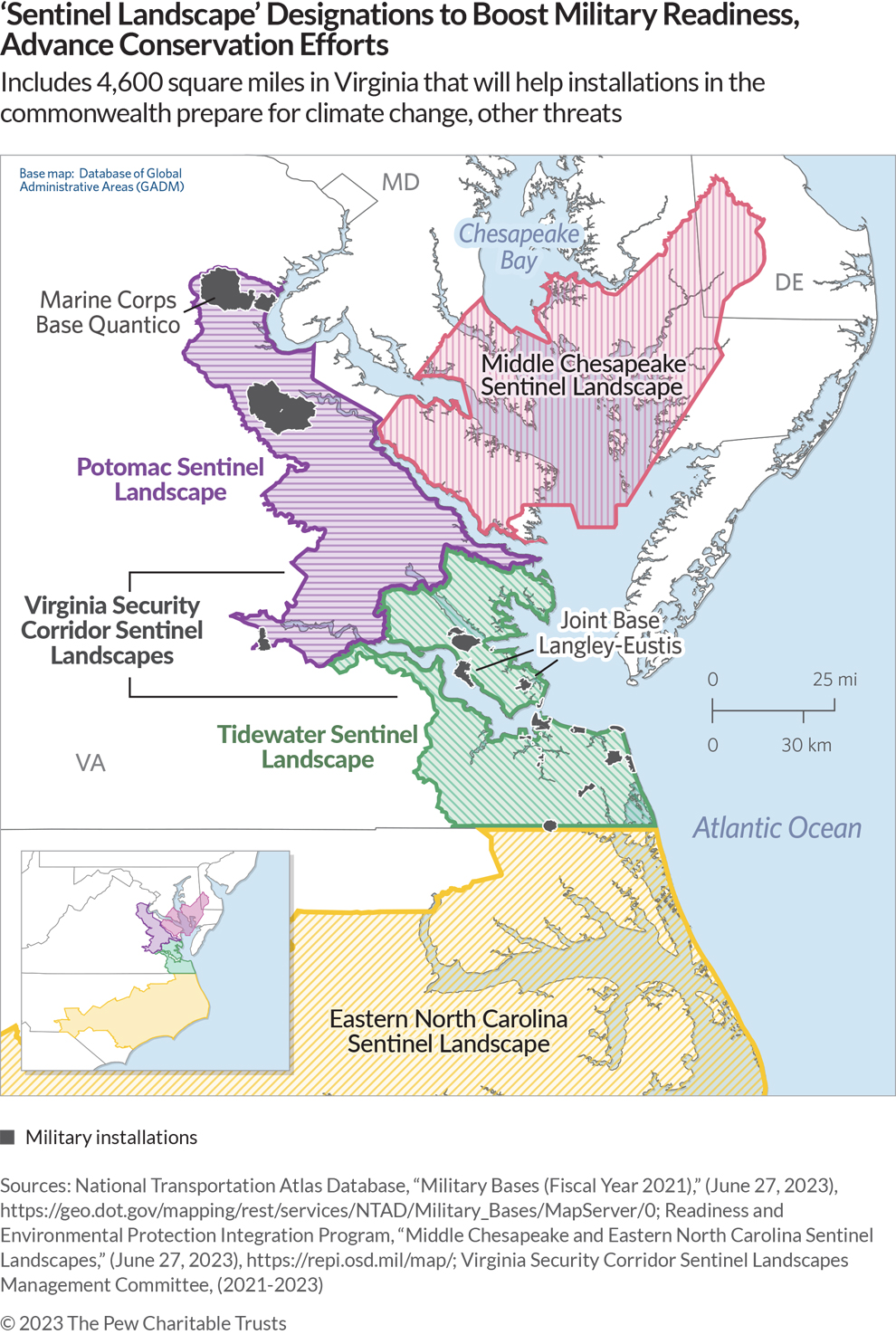Virginia Could See Conservation Gains Under New Federal Designation
Agriculture, Defense, and Interior Departments collaborate with state and local partners to advance military readiness and climate change resiliency
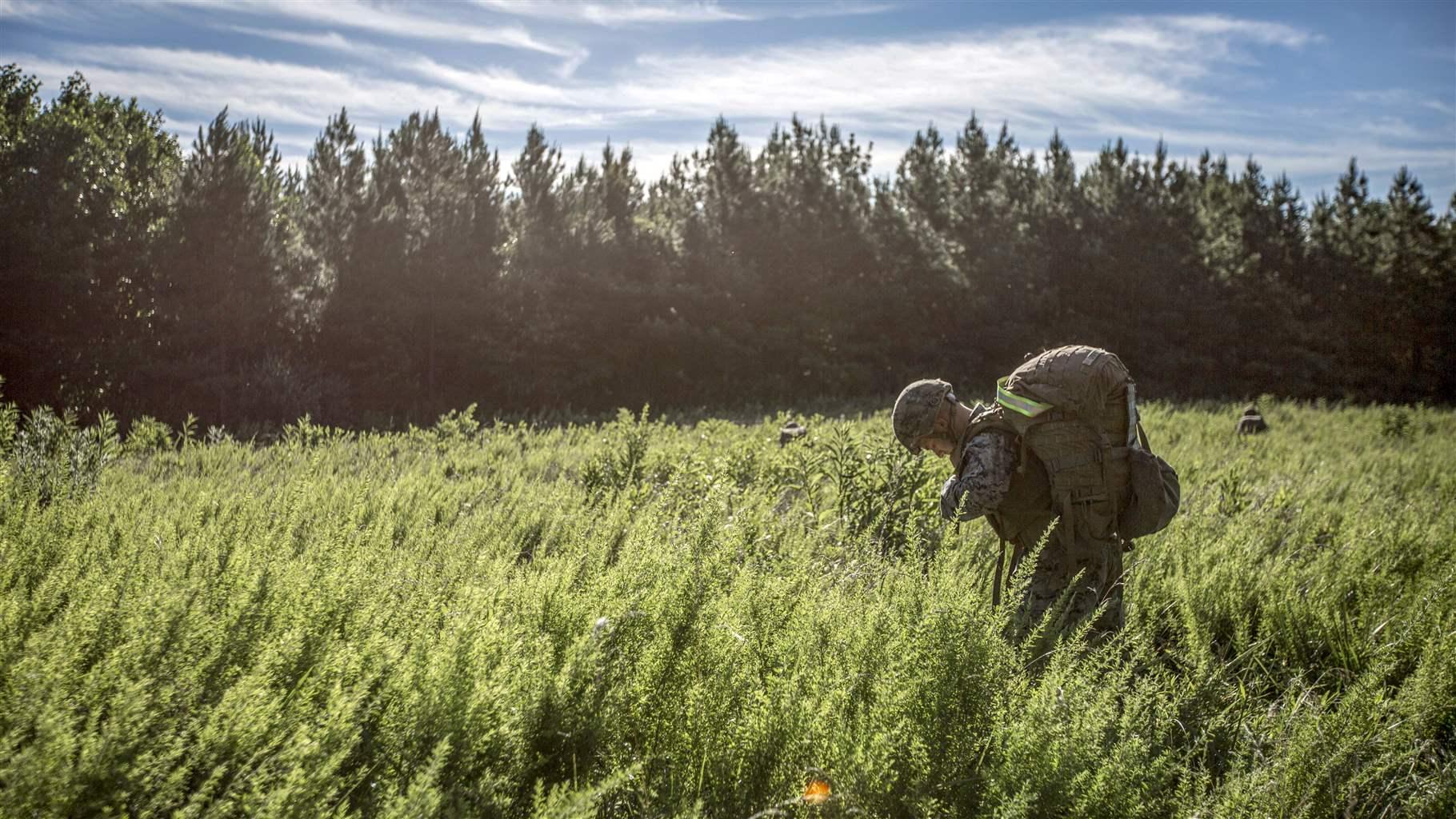
The commonwealth of Virginia boasts dozens of military installations and ranges—including the largest naval complex in the world, in Norfolk—many of which sit within or near intact forests, open and active agricultural lands, and complex marsh and riverine systems that all connect to the nation’s largest estuary, the Chesapeake Bay.
Conserving those lands and waters and maintaining that extensive military infrastructure are vital to Virginia’s diverse economy and population, which is why on July 10 a substantial portion of eastern Virginia was designated as the Virginia Security Corridor under the Sentinel Landscapes Partnership. The partnership, founded in 2013 by the Agriculture, Defense, and Interior Departments, is a coalition of federal agencies, state and local governments, and nongovernmental organizations that work with willing landowners and land managers to advance sustainable land use practices around military installations and ranges.
The newly designated Virginia Security Corridor, consisting of two sentinel landscapes—the Potomac Sentinel Landscape and the Tidewater Sentinel Landscape—connects two previously designated landscapes: Middle Chesapeake and Eastern North Carolina. Together, these three sites cover an area larger than the state of West Virginia in which federal, state, and private entities can cooperatively manage terrestrial and marine ecosystems to simultaneously serve environmental, economic, and national security interests.
The commonwealth initiated the effort to pursue a sentinel landscape designation in 2021, in part due to the importance of the military to Virginia’s economy, as well as the connection between those military installations and their surrounding communities and natural resources. The Pew Charitable Trusts is among the roughly 45 partners that supported the proposal for the Virginia Security Corridor, which covers more than 4,600 square miles of land, rivers, estuaries, and shoreline. The corridor runs from Quantico in Northern Virginia to the North Carolina border and encompasses the eastern portion of the state—known as Virginia’s Golden Crescent—which is characterized by a high concentration of military installations and personnel; rapid population growth; and abundant natural resources.
Three sentinel landscapes were designated in 2022 in Texas, Indiana, and Florida, and another—in South Carolina—was established earlier this year. With the Virginia designations, the U.S. now has 13 sentinel landscapes nationwide.
The additions in Virginia and South Carolina create a network of landscapes across the mid-Atlantic and Southeast that advance the conservation goals of the South Atlantic Salt Marsh Initiative, a Pew-supported initiative. The recent designations reflect the recognition by the Department of Defense and other federal agencies that climate change presents a threat to military installations and readiness, and to the communities around the installations—a threat that requires a cohesive response from decision-makers and communities. The lands and waters within sentinel landscapes aren’t automatically conserved or protected upon designation, but they do become eligible for collaborative conservation efforts among federal, state, municipal, and Tribal governments, private landowners, and nonprofit organizations.
The Virginia Security Corridor includes extensive coastal areas and is centered around these goals: boosting military readiness, reducing climate change risk such as sea level rise, retaining working lands and waters, and conserving and restoring habitats that benefit water quality and biodiversity. The partnership selected two anchor military installations—Marine Corps Base Quantico and Joint Base Langley-Eustis in Hampton—because of their locations as well as the challenges and opportunities they face. The Virginia landscapes will employ three dedicated sentinel landscape coordinators, who will work together to engage partners and connect with other military installations and initiatives.
New Virginia Security Corridor Wil Fight Climate Change and Safeguard Military Readiness
The two new sentinel landscapes include these 10 military installations, five of which are threatened by climate change, according to the Defense Department:
- Potomac Sentinel Landscape
- Marine Corps Base Quantico*
- Fort A.P. Hill †
- Fort Gregg-Adams ‡
- Tidewater Sentinel Landscape
- Naval Weapons Station Yorktown
- Joint Base Langley-Eustis* §
- Naval Station Norfolk §
- Naval Support Activity (NSA) Hampton Roads §
- Joint Expeditionary Base Little Creek-Fort Story
- Naval Air Station Oceana (includes Dam Neck Annex, Naval Auxiliary Landing Field Fentress) §
- NSA Northwest Annex §
* Designated as landscapes’ anchor/lead installations.
† Will become Fort Walker in August 2023.
‡ Formerly Fort Lee.
§ Virginia military installations within the Sentinel Landscapes Partnership that the Defense Department identified in 2019 as threatened by climate change.
The Virginia designation represents potential for long-term stewardship of the state’s lands and waters, many of which face familiar threats, from unchecked development and pollution to climate change. As in much of the country, most of Virginia’s coast is privately owned, meaning governments alone cannot address the impacts of climate change on a large scale. Creating a network of sentinel landscapes there provides a framework for inviting voluntary and collaborative conservation efforts from private property owners. This could be an important step toward improving both Virginia’s and the region’s resilience to climate change.
As a partner in the Virginia Security Corridor, Pew is excited to see the Department of Defense and other agencies—both federal and state—promote resiliency through partnerships and planning at this scale.
Zack Greenberg works on The Pew Charitable Trusts U.S. conservation project.


America’s Overdose Crisis
Sign up for our five-email course explaining the overdose crisis in America, the state of treatment access, and ways to improve care
Sign up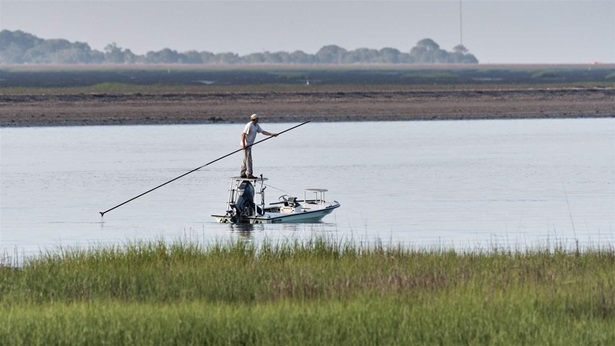
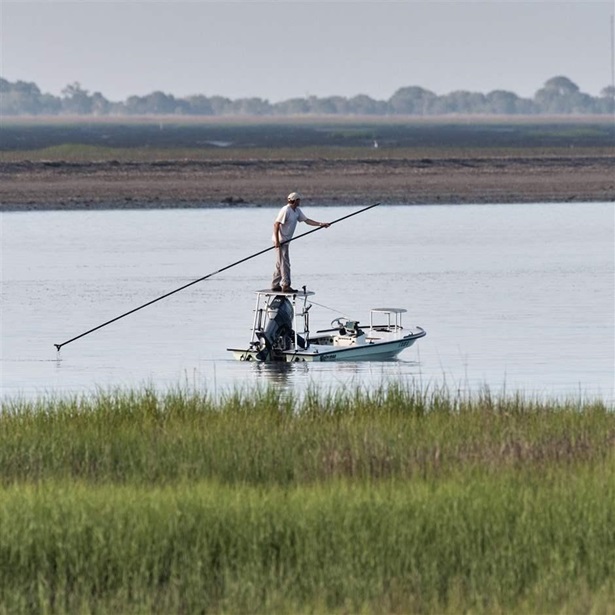
Saving 1 Million Acres of Salt Marshes Along U.S. Coast
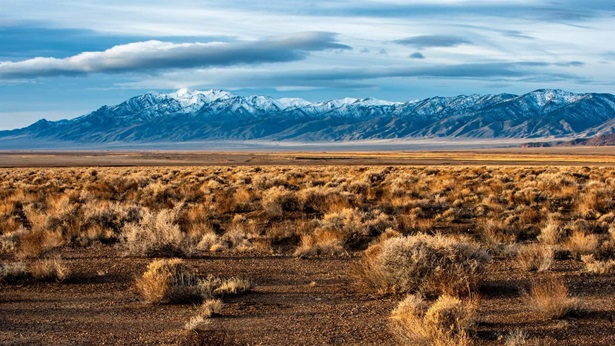
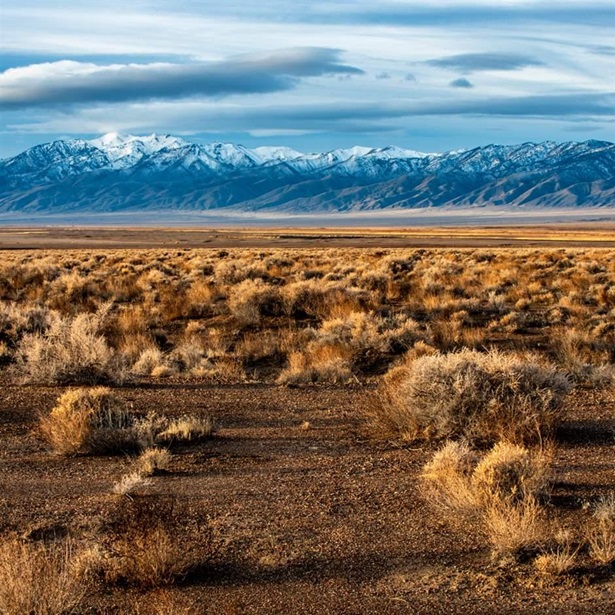
Pew Welcomes Land Protections in Defense Bill
